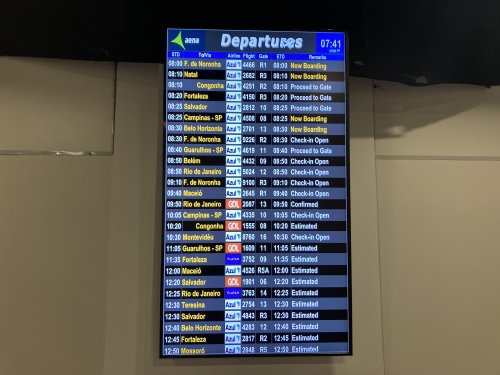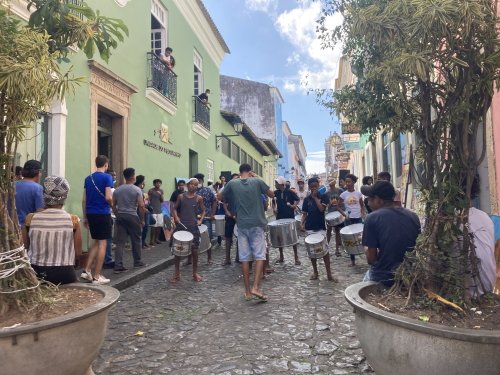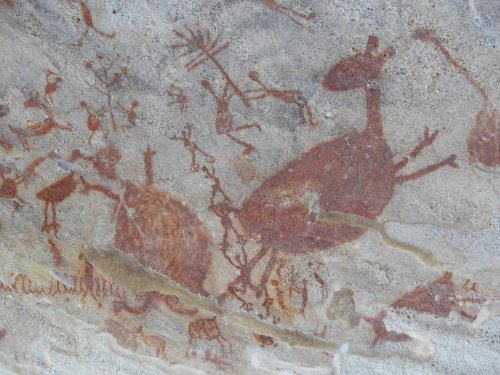At the end of last year, I spent 5 weeks travelling around Brazil focusing on the Northern states. I had been to the South in 2004 and had already covered 10 WHS there. Now, I ended with 22 of Brazil’s current 24 WHS seen – to do it all in one go would easily take 8-10 weeks! Herewith are some tips for travelling to Northern Brazil as a WH Traveller.

1. Get used to taking lots of domestic flights
There's no road to Tefe. Manaus to Belem is 3000 km and takes days by boat. Sao Luis is as isolated as it comes. So there's no other transport option than to fly between the hubs of the north. Fortunately, domestic air travel is excellently organized in Brazil. I used Azul mostly: they have the best coverage of the north, usually fly with very modern planes (with free wifi and live TV), and are easy to book online or via the fine app. Using so many flights has two side effects: it is costly (I spent 80-110 EUR per flight, but it can be 200-300 EUR when booking later), and: it is very relaxed. I was never tired after a 'travel day' and could hit the road immediately.
2. Enjoy the people
Don't expect many archaeological sites or colonial remains. This area is mostly strong on living cultural traditions: the Ver-o-peso market in Belem, the Bumba meu boi performance in Sao Luis and the percussion street music of Salvador de Bahia are among my fondest memories of this trip. Also, everywhere you go, the Brazilian people are so nice, helpful, and always in a good mood. And they don't expect tips, and wear flip-flops all the time!

3. Go in the second half of the year
Temperatures in the north do not vary much during the year: it's always around 28-30 degrees Celsius and the sun is strong (I found that it felt hotter than it actually was). Generally, it's best to travel to Northern Brazil in the second half of the year until mid-December. The high season in Brazil for domestic travel lasts from the week before Christmas until Carnaval. Also, there's a rainy season that differs per region - in Recife, it rains most between March and July, and in Sao Luis between January and May.
The experience of a trip to the Amazon (Mamiraua taken as an example here) will vary per season, but one isn't better than the other. In April-August the area will be flooded and travel is by boat only (that takes you closer to the canopies and animals residing there), in the dry season September - March fish and aquatic birds are better visible due to the smaller volume of water.
4. Note the difference between the north and the northeast
Geographically, Northern Brazil is split between the North (roughly between the Amazon and Sao Luis) and the Northeast (the coastal areas like Bahia). Of the two, the North is the most unexplored part of the country and you'll encounter the least non-Brazilian tourists. But it may be the most fascinating part: especially in the first two weeks (see itinerary ) between Manaus and Fernando de Noronha, I travelled from one highlight to another. The biggest positive surprises for me overall were Sao Luis and the Serra da Capivara .

5. Even the cities with 1 million+ inhabitants are nicer in the North
The Big Cities of Brazil are not exactly filled with happiness or things that make you smile. They show how hard it has been to keep up with a fast-growing population, with high-rise buildings suffering in the hot and humid climate, graffiti, and homeless people. But I found Manaus, Belem, and Sao Luis pleasant enough. Salvador is a bit in between, and the worst may be Recife. The northern cities aren't so overwhelmed with colonial or religious buildings. They were often late to the party and mostly grew due to commerce. Even the Christmas Market of Manaus takes place in front of the Theater!



